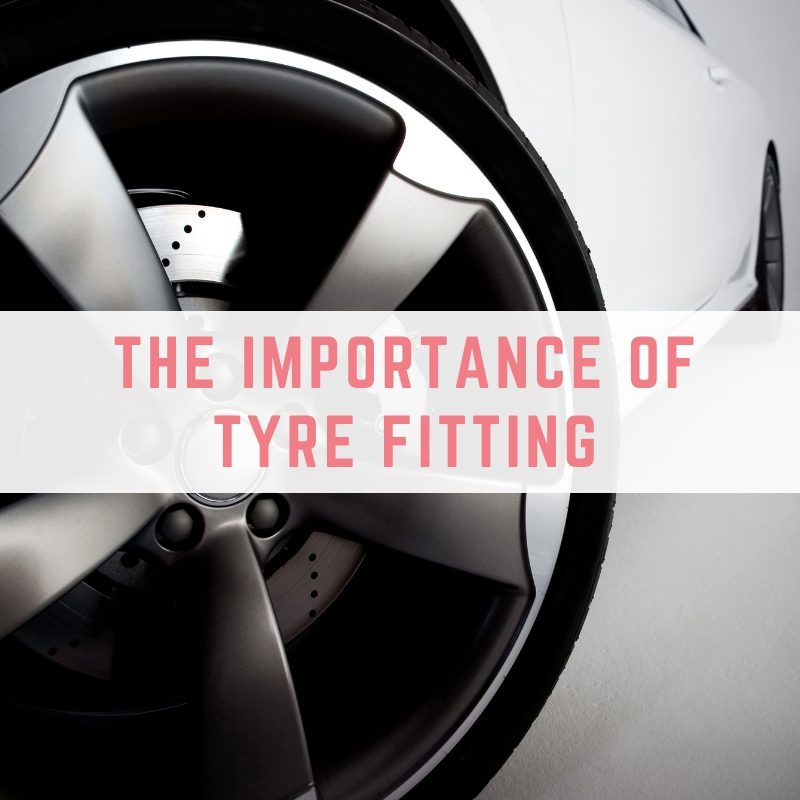Tyre fitting is vital for the smooth and efficient running of your vehicle. Here are some handy hints as to how to deal with your tyres and their maintenance.

Trust the Experts
If you are not mechanically minded – or even if you are, and just do not want the responsibility – you can trust your mechanic to source and fit the right tyres for your vehicle, putting them on, balancing and aligning them and making sure that they do all they can to make your driving experience an unmemorable one. Use our tyre fitting facility in Wakefield with Ossett Tyre House.
When to Replace Tyres
Up to about the age of five years, tyres that are hardly used should be fine, being checked once or twice per year to ensure that they are in good condition. After five years, they should be checked frequently, looking for signs of aging (cracking, excessive dryness, crumbling, etc.). If your tyres are over ten years old, they should be replaced immediately or as soon as possible, even if you are an infrequent driver or only cover very short distances each day.
Tyres that are used a lot should be checked more frequently – every three months or so, and even more often if you use poor roads that can damage tyres. Check the tyre walls and tread for damage or wear, and keep an eye on the tread depth making sure it is always above the legal limits.
Choosing the Right Tyres
This is as important as keeping your tyres in good condition. The wrong tyres, for example, dry weather tyres in snowy conditions, can be positively dangerous, not only for you, but for other road users too, and the wrong size tyres – too narrow or wide, or too big or small for the vehicle's frame – can cause unwanted wear and tear on the axles, brakes and other parts of the car.
Checking the Tyre Fitting
Once your new tyres are on, and you are certain that they are the correct size and width for your vehicle, the tyres should be aligned and balanced by a professional. This means that all the tyres are wheeling in the same direction, and that the whole vehicle is ‘balanced' evenly across all four tyres.
Running in the Tyres
New tyres may make your drive feel a little odd at first, as the new rubber warms up and ‘beds in'. Think of it as being like when you wear new shoes for the first few times. In a short while, the shoes give to the shape of your feet and instead of rubbing and causing blisters, they mould your feet, making for a most comfortable walk. This process is similar. Give it a few driving hours for that strange new feel to ease up – and be sure to take your car back to your mechanic should you have any concerns about the way the vehicle is driving, for example if it seems to be pulling to one side or feels unwieldy.



